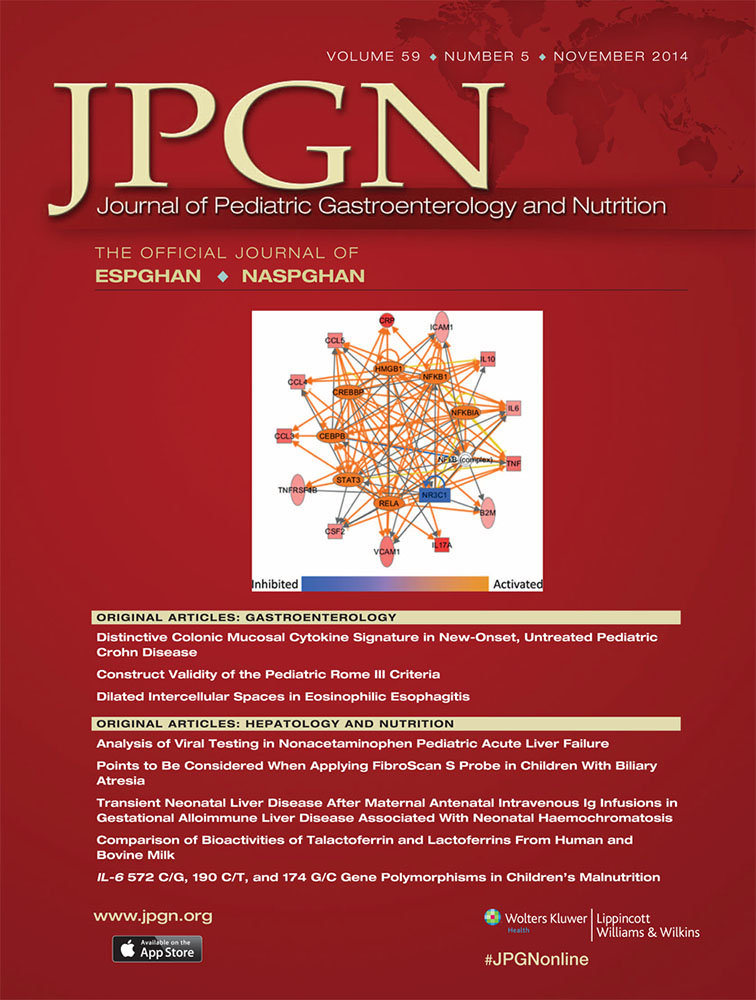Dilated Intercellular Spaces in Eosinophilic Esophagitis
The authors report no conflicts of interest.
ABSTRACT
Objectives:
Dilated intercellular spaces (DIS) in the esophageal epithelium can be induced by acid and reduced by proton pump inhibitors (PPI), and are thus considered a marker of gastroesophageal reflux disease (GERD). Over the years, however, DIS have also been reported in esophagitis unrelated to GERD. Because DIS have never been formally measured in eosinophilic esophagitis (EoE), we aimed at detecting and measuring DIS in EoE before and after nutritional or pharmacological therapy.
Methods:
In 22 children with EoE, DIS were measured by morphometry and transmission electron microscopy (TEM), before and after treatment with topical steroids (n = 16) and/or exclusion diet (n = 13). A total of 30 children undergoing upper gastrointestinal endoscopy with biopsy for nonesophageal disorders acted as controls.
Results:
In controls, the mean (±standard deviation [SD]) number of esophageal eosinophils was 0.91 (±0.47) and the mean DIS values were 0.62 (±0.08) μm at morphometry and 0.33 (±0.24) μm at TEM. In patients with EoE, the mean (±SD) number of esophageal eosinophils decreased from 31.8 (±6.96) to 6.64 (±5.01) (P < 0.0001), and the mean DIS values decreased from 2.26 (±0.21) to 1.23 (±0.20) μm at morphometry (P < 0.0001), and from 2.24 (±0.28) to 0.98 (±0.19) μm at TEM (P < 0.0001), respectively, before and after treatment.
Conclusions:
DIS are a prominent morphological feature of EoE, in which they can be significantly reduced by an appropriate non-PPI therapy.




